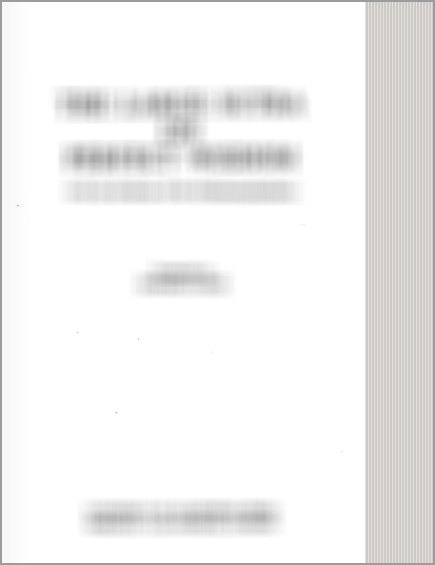Dasarupaka (critical study)
by Anuru Ranjan Mishra | 2015 | 106,293 words
This page relates ‘Style (Vritti) in the Ihamriga’ of the English study of the Dasarupaka of Dhananjaya: an important work on Hindu dramaturgy (Natya-shastra) from the tenth century dealing with the ten divisions of Sanskrit drama (nata), describing their technical aspects and essential dramaturgical principals. These ten types of drama are categorised based on the plot (vastu), hero (neta) and sentiment (rasa)
Part 8 - Style (Vṛtti) in the Īhāmṛga
The Rukmiṇīharaṇa of Vatsarāja is full of fights and battles, which are the characteristics of violent style (ārabhaṭīvṛtti). However, the drama is based on heroic (vīra) sentiment. Further, the characteristics like anger, challenge, arguments, use of alliance prove the application of grand style (sāttvatīvṛtti). Then again, the verbal style (bhāratīvṛtti) is the part of every drama. It is found particularly in the prologue (prastāvanā). In the prologue, Sūtradhāra indicates the entry of Akrūra, who is angry, by getting the news of marriage of Śiśupāla with Rukmiṇī. The act consists of the excess of representation (prayogātiśaya), one of the elements, called preface (āmukha) of verbal style (bhāratīvṛtti). Further, the monologue of Akrūra, consists of abrupt dialogue (udghātyaka).
